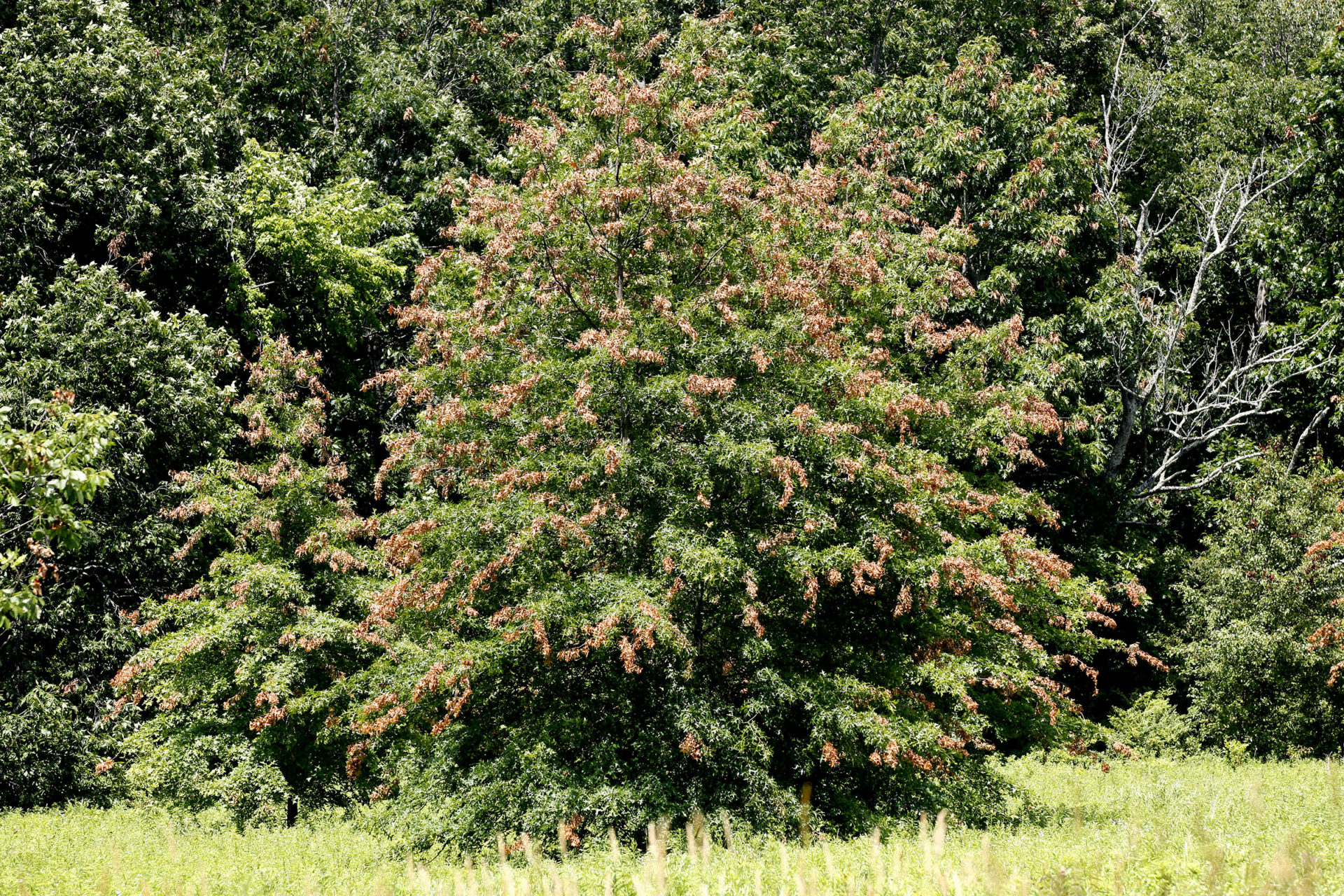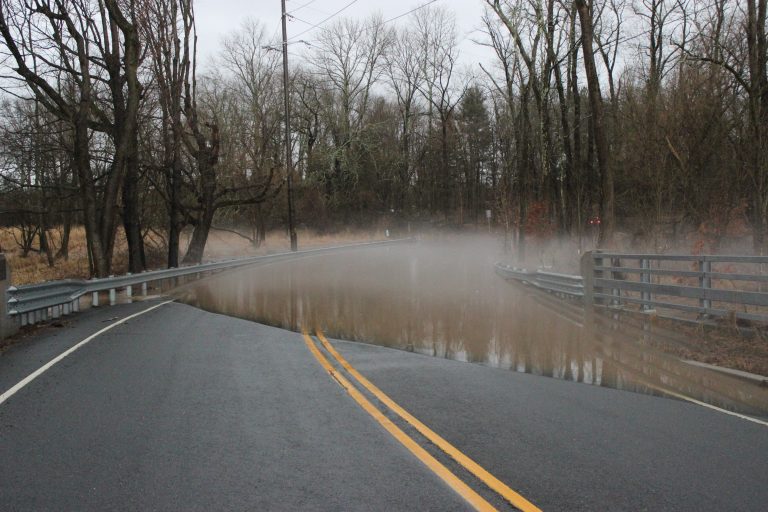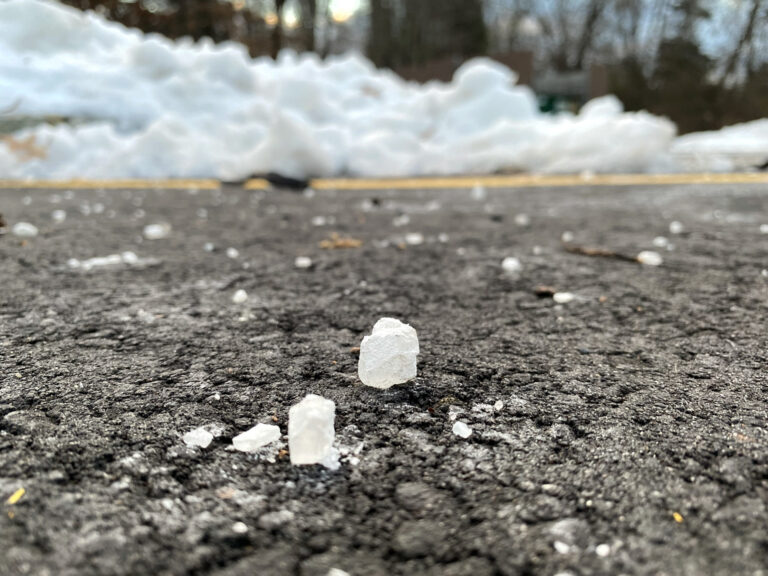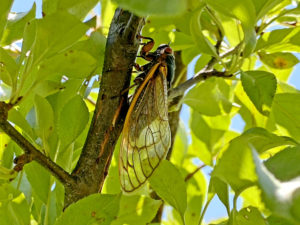 The forest has gotten quieter in the last couple of weeks. No, fall has not started early, and the trees are not dying.
The forest has gotten quieter in the last couple of weeks. No, fall has not started early, and the trees are not dying.
After their appearance throughout the region, Brood X, The Great Eastern Brood, of the periodical cicada has started to die and leave evidence of their presence in a few different ways.
Periodical cicadas emerge from the ground every 17 years. They crawl up from the earth as large nymphs, molt, mate, and now the females have laid their eggs in the branches of trees. All the adults will die and, in 4-to-6 weeks, the eggs will hatch, and the young nymphs will fall to the ground and move underground for the next 17 years until the process starts all over again.
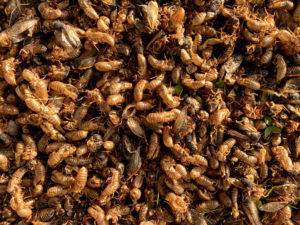 It was fascinating to watch millions of cicadas arrive. Birds and other animals (including humans) ate as many as possible. But this is part of the cicada’s survival strategy. By arriving in such large numbers, they ensure that some of them will not be eaten and there will still be millions of eggs laid for the next generation. And we can see that clearly with the piles of dead cicadas left around. The cicada carcasses fertilize the forest floor and the decaying bodies add valuable nutrients, like nitrogen, to the soil.
It was fascinating to watch millions of cicadas arrive. Birds and other animals (including humans) ate as many as possible. But this is part of the cicada’s survival strategy. By arriving in such large numbers, they ensure that some of them will not be eaten and there will still be millions of eggs laid for the next generation. And we can see that clearly with the piles of dead cicadas left around. The cicada carcasses fertilize the forest floor and the decaying bodies add valuable nutrients, like nitrogen, to the soil.
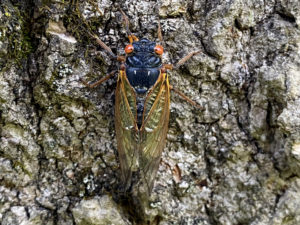 There is also evidence left in the trees.
There is also evidence left in the trees.
Cicada “pruning” or “flagging” is noticeable in oaks, maples, cherries, and many other species of trees where female cicadas have laid their eggs.
Clumps of dead leaves at the ends of branches show where female cicadas have laid eggs by inserting their ovipositor into the branches. This process scratches the end of tree branches and stops the water from reaching the outmost portion, causing them to die.
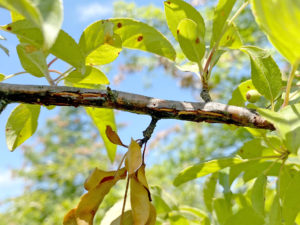 Cicada “pruning” won’t hurt the trees and there is evidence that this can help set flower buds for next year prompting the tree to have more flowers next season. A scientific paper from 1890 called “Out of Evil Cometh Good” looked at cherry orchards and how they were reporting greater yields in the year following a cicada emergence. This continues to be researched today.
Cicada “pruning” won’t hurt the trees and there is evidence that this can help set flower buds for next year prompting the tree to have more flowers next season. A scientific paper from 1890 called “Out of Evil Cometh Good” looked at cherry orchards and how they were reporting greater yields in the year following a cicada emergence. This continues to be researched today.
Although we’ll have to wait another 17 years to see the next generation of Brood X, their impact will be felt by the ecosystem for years to come.

